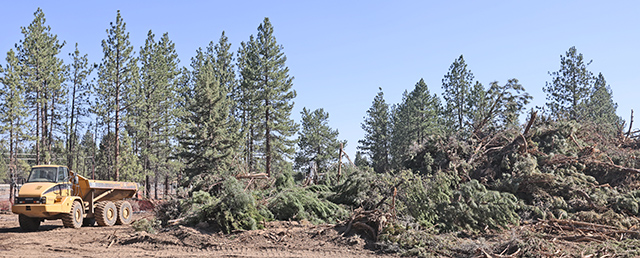‘Use and disuse’ not an issue in evolution
Published 4:00 am Saturday, February 23, 2013
About that article on the evolution of the appendix that appeared in The Bulletin on Feb. 15: The idea that evolution proceeds because of “use and disuse” is without merit. Evolution is driven by variation brought on by genetic mixing and mutation followed by natural selection. Whether a characteristic is “useful,” “useless” or “required” does not ensure the development nor the loss of that characteristic. The article states that those animals whose ancestors subsisted on a diet of leaves “required” a larger cecum to handle that diet. Whether the ancestor required the larger cecum is completely irrelevant.
Evolution tells us that those animals with the larger cecum were at an advantage under those dietary circumstances. Being at an advantage, they left, on average, more offspring in subsequent generations resulting in an increase in the size of the cecum. The larger cecum results from naturally occurring variation in cecum size brought on by genetic mixing and mutation followed by natural selection. The article says that our ancestors shifted to a fruit based diet that was easier to digest and “A large cecum was no longer necessary and it began to shrink.” Necessity is not the driving force of evolutionary change. Whether the larger cecum was necessary is completely irrelevant. With the shift to a fruit based diet, those with smaller cecums were at an advantage resulting in greater survival and reproductive success. Need and utility are not the driving forces of evolution. Natural selection of favorable variations is the key to evolution.
Trending
Bill Lindsay
Bend






